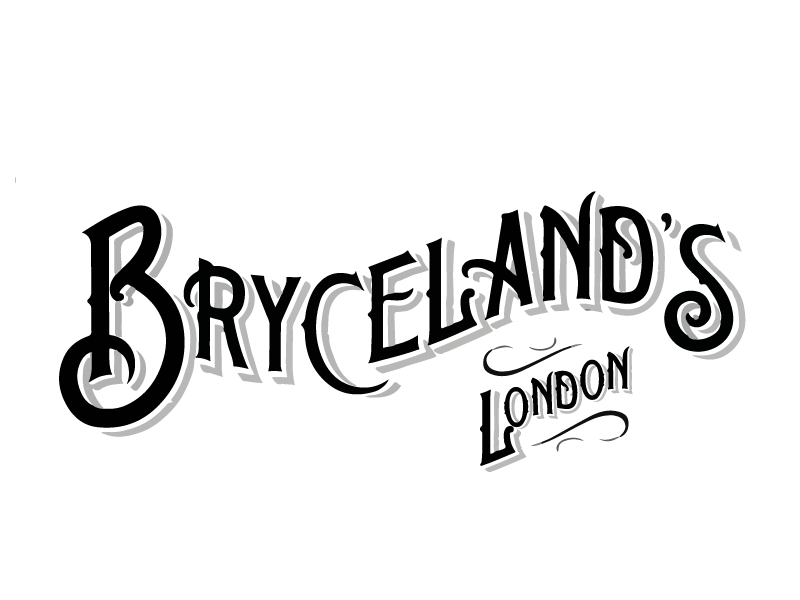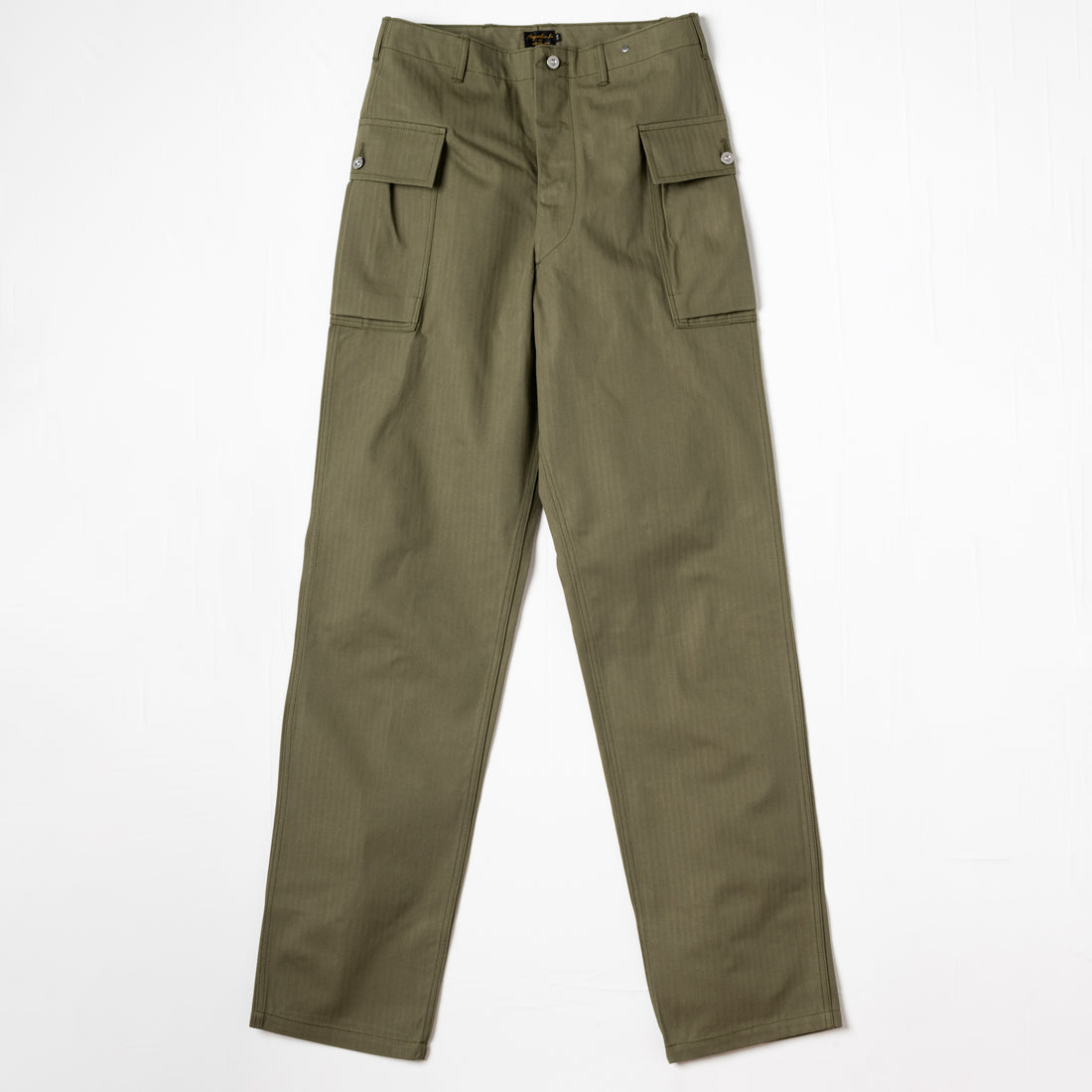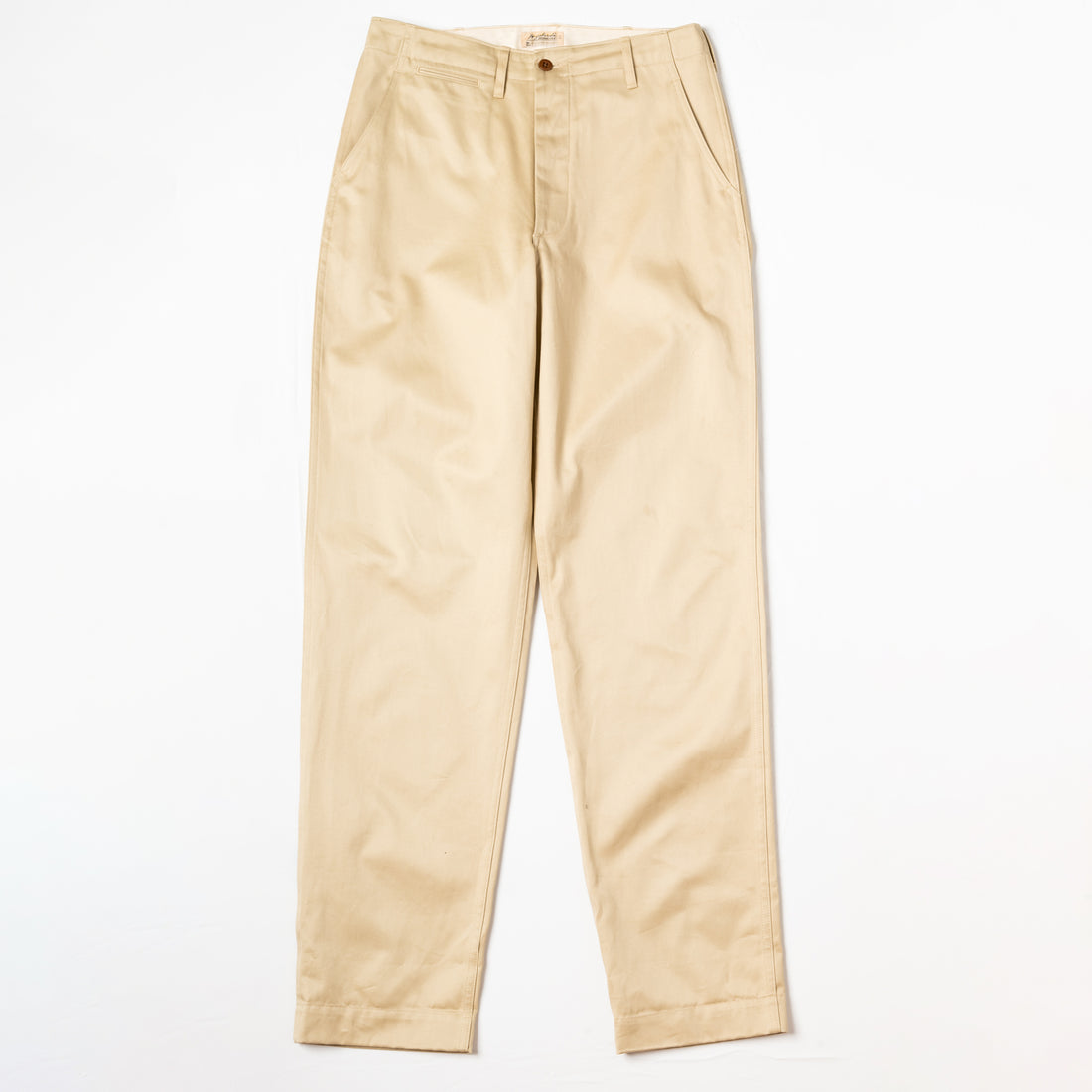

The Death of the Tie
The Death of the Tie
Written by Ethan Newton
When John F Kennedy presented himself, hatless and sack suited, for his inauguration in 1961, a nation of fedora wearing men took note. America had been humbled, had gone to war and had proven themselves mighty next to their allies the British. The 50’s had been an era of almost militant conformism, with many by the early sixties wanting to revolt against the feeling of austere sobriety the last decade had defined.
JFK allowed men across America, and consequently the world, to drop hats from their daily wardrobe. The stuffiness of a felt hat was for the most part abandoned, and men restricted their hat wearing to styles that sang of sunny days and weekends - the panama, the baseball cap.
Fast forward to today, and many believe the same will happen to the neck tie - that much maligned noose and modern day symbol of corporate adherence. The modern salaryman has stretched casual Friday across his working week, losing his tie and with it one more complication to deal with of a morning. The standard black suit has found other ways to adorn itself - bejewelled cufflinks, square toed loafers and chunky belt buckles. Mass producers of corporate wear see sales of ties lower than ever before, with many choosing to focus their thrust on wedding and occasion neckwear. For most men, a pre-tied black bow tie, silver satin evening tie and a small handful of rep stripe twills will suffice.
Thank god we aren’t most men.
Well dressed men everywhere are making a return to classicism in their appearance. The traditional rules around a man’s wardrobe are being reassessed, and whilst some scriptures are archaic and irrelevant, many have great wisdom and logic, and help present a suit wearing man at his best.
The Four in Hand neck tie is just one more brush with which to paint a rich portrait, and the great tie makers of the world are making styles richer in colour and texture than ever before, drawing on inspiration from tie wearing eras as different as the twenties to the fifties.
So which rules do we keep, and which abandon? Basic proportion and colour helps show the way here. A ties dimensions should correlate to that of your jacket in a few respects - very wide lapels should avoid very narrow ties, and vice versa. But that’s not to say a heavier man can’t wear a slimmer tie, so long as it stays within the bounds of classic proportion. Traditionally a narrow tie would sit at about 7.5cm at the blade, a wide one around 9.5. Wider than this says Neapolitan traditionalist, narrower says Jazz drummer. That doesn’t mean they can’t be worn to great effect, it’s just a trickier play, for a more experienced hand.
The texture of the tie can also play a big part in the appropriateness of the size - many knit ties are all of 6cm wide, but look fantastic on even a fuller figured guy, while cashmere ties can push the border of 10cm in width and not weigh down a smaller man. Know how each tie is meant to look and you can play with the rules as you please.
Mixing these textures can also create beautifully interesting looks that would take a second glance to really see what makes it so interesting - a rich cashmere tie with the sheen of very fine worsted, the slubbing of silk tussah on the dry hand of a classic English twill, or the drape and clarity of a 50oz twill silk under a fuzzy flannel. Play with textures as you would mix grades of pattern and shades of colour.
So take advantage of the options presented in hand, colour, proportion - it’s a subtle play for those that really understand.











